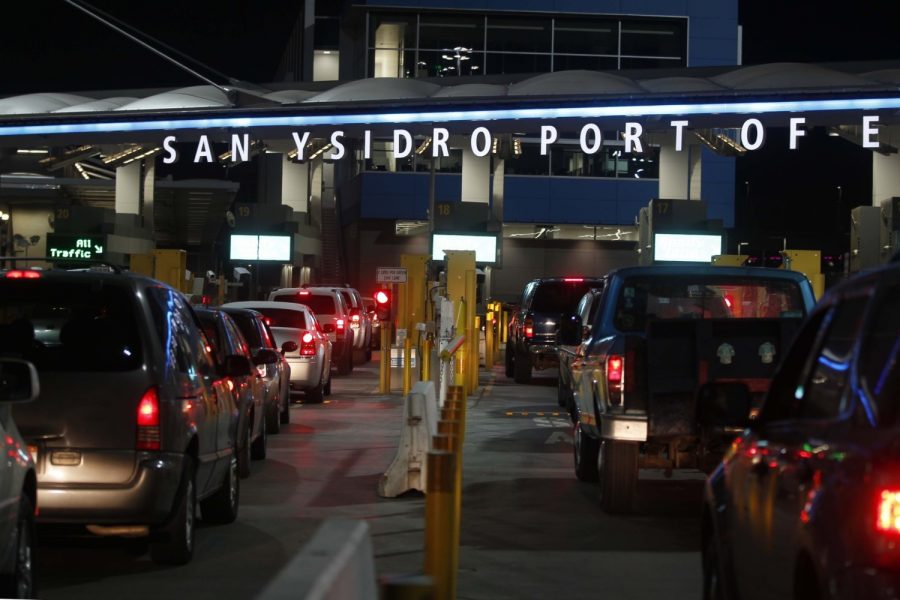With the current status of COVID-19, for many, schoolwork has become more complex since its turn to online platforms. However, for cross-border students, this has meant less commuting and more time to study.
Crossing the border daily to get to school or work is just part of the routine of many “transfronterizo” (cross-border) students. The San Ysidro Land Port of Entry is, according to the U.S. General Services Administration, “the busiest land border crossing in the Western Hemisphere.” Since the border has now reduced its crossings to only U.S. citizens and green card holders due to the pandemic, CNN reported a plummet of 70% in pedestrian and vehicle crossings.
The usual struggles of a transfronterizo student are sleep deprivation, time management and stress. Though they may seem like issues any student could face, for cross-border students sleep deprivation means waking up at 5 a.m. for an 8 a.m. lecture. Time management issues are long lines to cross, or getting stuck in secondary inspection at the border, resulting in being late for class. Stress is having barely any time to complete an assignment among the daily commutes, work and other life happenings.
Paulina Rodriguez, a cross-border student, feels like the new online school system has been helpful for her. She no longer has to spend that much of her income on gas and she’s on time for all of her classes. This pandemic has had its silver linings, however Rodriguez knows it could become a problem when crossing in the future.
“Next semester, universities will most likely resume normal on-campus classes, but the situation at the border will not improve. In the beginning, lines at the border will probably be longer and slower because the Customs and Border Patrol will still be very cautious on monitoring who crosses,” said Rodriguez.
The commute for each student depends on the different type of passport they hold, as well as whether they cross by vehicle or by foot. It usually takes Rodriguez at least an hour and a half to get to campus because of the trusted traveler passport she carries. For others, the commute could mean at least three hours.
Another student, Cynthia Munoz, has also benefited from this online schooling. She gets to skip her public transport commute that can take several hours. Regardless, she also has fears and concerns about future implications.
“If we were to return to campus after a few months, but the border crossing restrictions continue, we might face the struggle of having to stay in San Diego for a while,” said Munoz. “That would be the worst case scenario because not everyone has a place to crash on the other side of the border.”
If the crossing restrictions persist while the bordering countries are finishing their recoveries from COVID-19, this could mean many students won’t be able to get to campus. As the pandemic develops, the verdict on how the border situation will continue to be managed is fluctuating.




